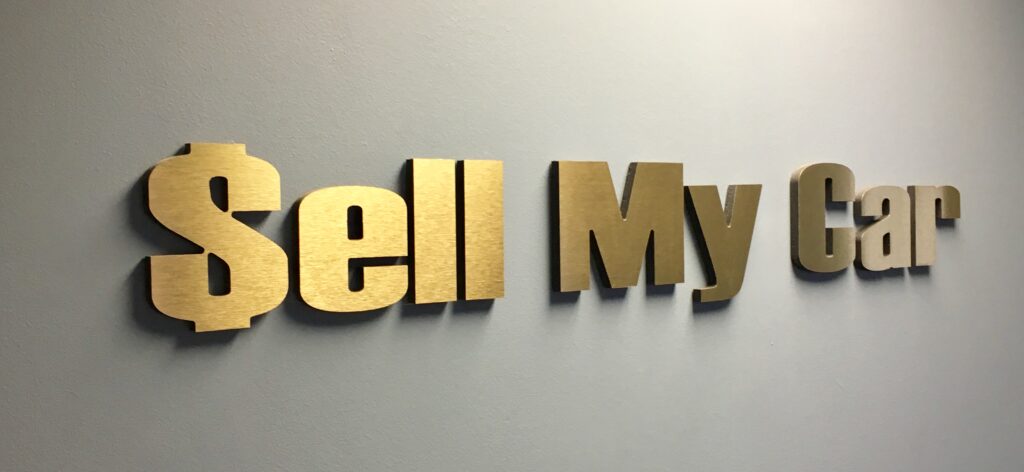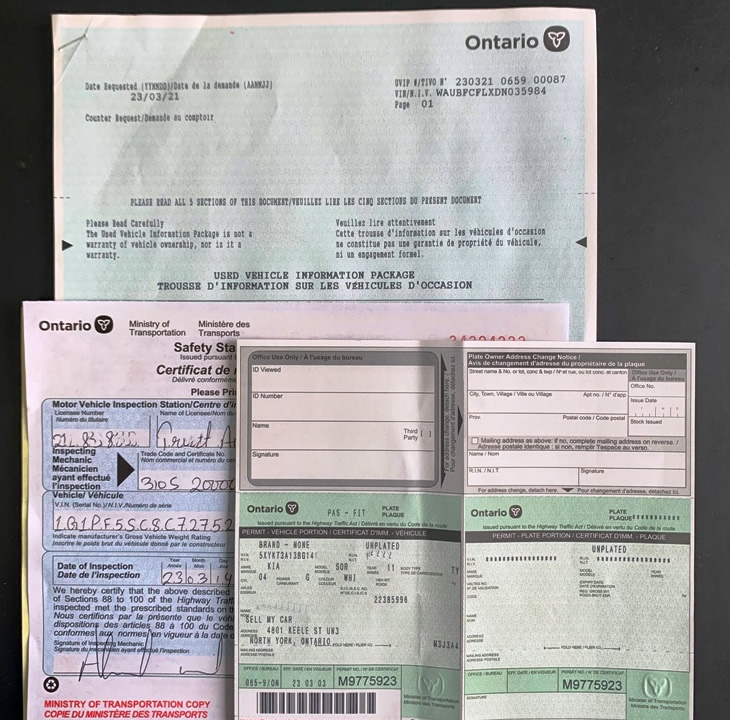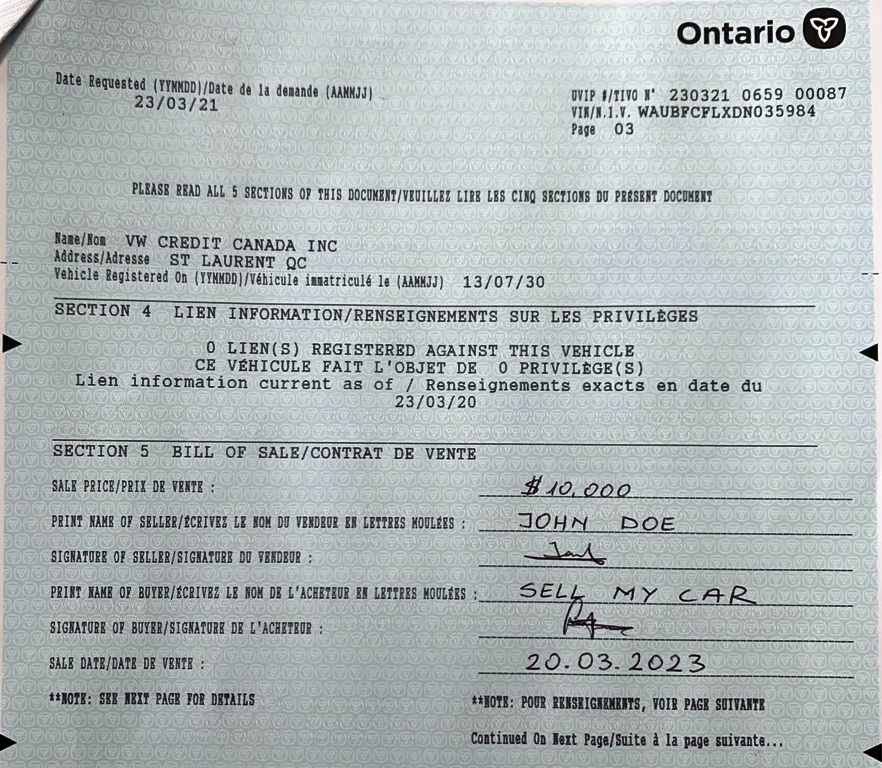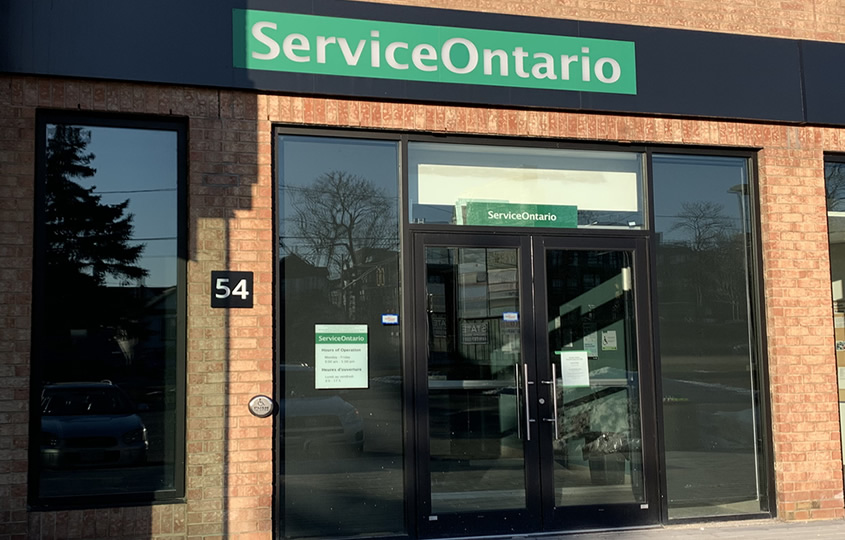How to Sell Your Car in Ontario: A Step-by-Step Guide
Selling a car in Ontario can be a challenging task, especially if you are doing it for the first time. The process involves a lot of planning, preparation, and paperwork. Here is a complete step-by-step guide on how to sell your car in Ontario.

Planing
The first step in selling a car is often to plan and consider your options. You may want to decide whether to sell your car privately or sell it to a car buying service like Sell My Car. Selling privately may allow you to get a higher price for your car, but it also requires more effort on your part to find a buyer, negotiate a price, and complete the transaction.
It’s important to weigh the pros and cons of each option and decide what is best for your situation. If you decide to sell it privately, you can sell it as-is condition or get it certified for top value. Selling a car can take time, so it’s important to give yourself enough time to think and prepare.
Set the Selling Price
Second step is to set the selling price of your car, you can use online resources like Canadian Black Book or Kelley Blue Book to get an estimate of its value. These websites take into account the year, mileage, and condition of your vehicle to provide you with both retail and wholesale valuations.
You can also check out online platforms such as AutoTRADER or Kijiji to see the retail value of similar cars in your area. Having this knowledge of your car’s value will give you an advantage when negotiating with potential buyers. Remember, knowledge is power.
Prepare Your Car for Sale
Once you have decided the selling price, the next step is to prepare your car for sale. This involves:
- Cleaning: Cleaning your car involves both cleaning the exterior and interior. Begin by removing any trash from the car’s interior, including the trunk. Vacuum the carpets and seats, and wash the car’s exterior and clean the windows to make them shiny.
- Checking the fluids: Check all the fluids in the car, including oil, transmission fluid, brake fluid, and coolant. If any of the fluids are low, add more as needed.
- Checking the tires: Check the tire pressure and ensure that the tires are properly inflated.
- Fixing any dents or scratches: Use a touch-up paint to fix any small scratches or dents in the car’s paint.
- Replacing any burnt-out bulbs: Check all the lights in the car, including the headlights, taillights, and turn signals. Replace any bulbs that are burnt out.
- Replacing windshield wipers: If the windshield wipers are old or damaged, replace them with new ones.
By taking these steps to fix small things in your car before selling it, you can increase its value and make it more attractive to buyers. A clean and well-maintained car can increase its value and attract buyers.
Gather Documents
Before you can sell your car, you need to gather all the necessary documents. These documents include the Used Vehicle Information Package, Safety Standard Certificate, Vehicle Ownership and service records. You can get the UVIP from the ServiceOntario while the safety certification can be obtained from a licensed mechanic.

Advertise
Once your car is ready and you have all the necessary documents, the next step is to advertise it. You can use online platforms such as Kijiji, AutoTRADER, or eBay to reach a wider audience. Make sure to include detailed information about the car, such as its make, model, year, and mileage, along with several high-quality photos.
Meet and Negotiate With Potential Buyers
- Be prepared to answer any questions they may have about the car’s condition and history.
- Be upfront about any faults or issues with the car to build trust and prevent surprises during the negotiation process.
- Be flexible but don’t be afraid to walk away if you have a feeling that something is not right.
Remember that negotiating is a two-way process, so it’s important to be respectful but in the same time to be safe.
Bill of Sale
Once you have found a buyer and agreed on a price, it’s time to finalize the sale by following those steps :
- Get a copy of buyers driver license for your records.
- Sign the bill of sale: this can be done by completing the bill of sale provided in Used Vehicle Information Package or by getting a more detailed bill of sale online.
Bill of sale need to include information as below:
- VIN (vehicle identification number)
- Vehicle information
- Odometer reading
- Purchase price. Like any other purchase the HST is payed by the buyer unless is agreed otherwise.
- Name, address, and signature of the buyer.
- The sale date

Payment
When selling a car, you can collect payment from the buyer in cash, certified check, bank transfer, or direct deposit. Make sure to verify the authenticity of the payment method and create a written agreement with the terms of the sale. Always, Transfer the car ownership to the new owner after payment has been received in full.
Transfer of Ownership
Ontario vehicle ownership contains 2 portions. The left portion contains information about the vehicle and its owner, and also in the back includes an application for transfer that you will need to fill out when you sell your vehicle. Before going to a ServiceOntario location to complete the transfer, make sure to provide the buyer with the filled-out application. The right portion of the ownership document is the plate portion, which you should keep if you plan to use your plates in the future.

It’s important to note that the buyer must complete the transfer of ownership within six days of the sale. Until this is done at a ServiceOntario location, the vehicle will remain registered with the sellers name. To ensure a smooth transfer process, remember to remove your plates before the buyer drives away with the vehicle. In the end cancel your insurance policy once the sale is complete.
By following these steps, you can ensure a smooth and successful transaction. Remember to be patient and take your time to find the right buyer and the best price for your car. With a bit of preparation and a positive attitude, you can successfully sell your car in Ontario.
